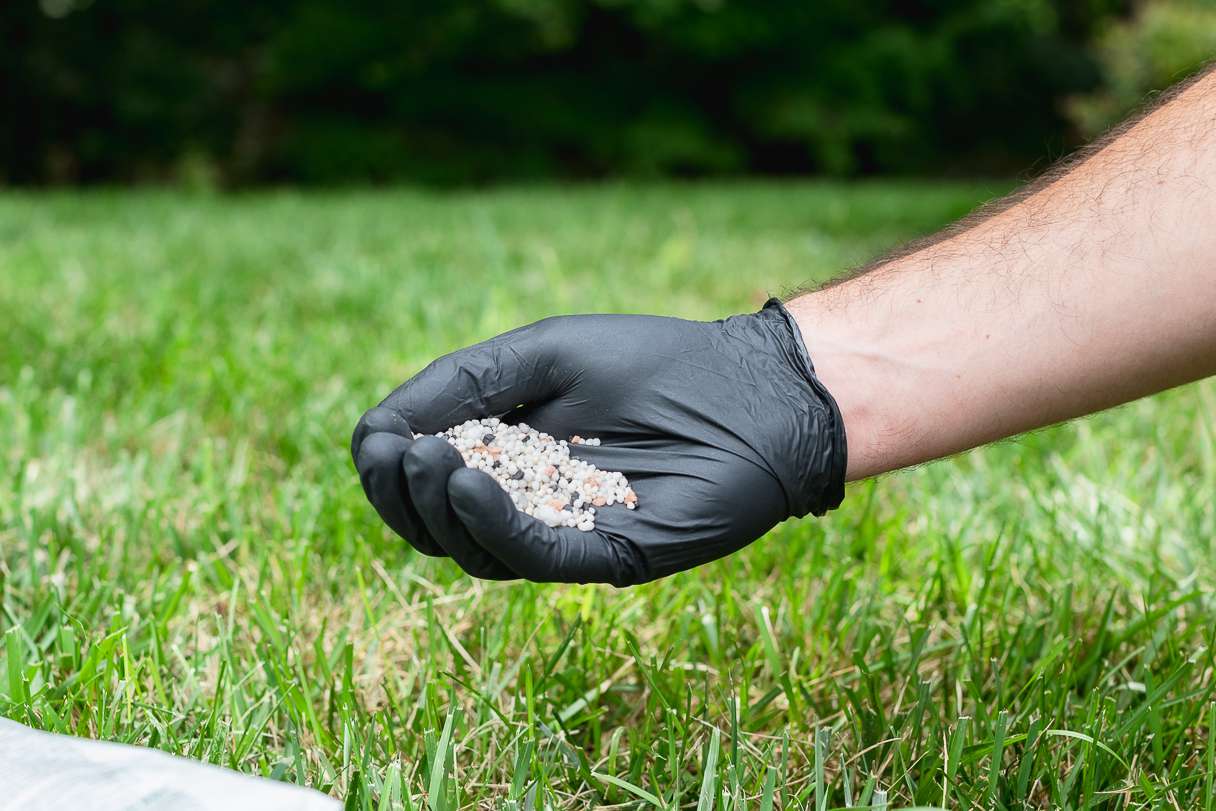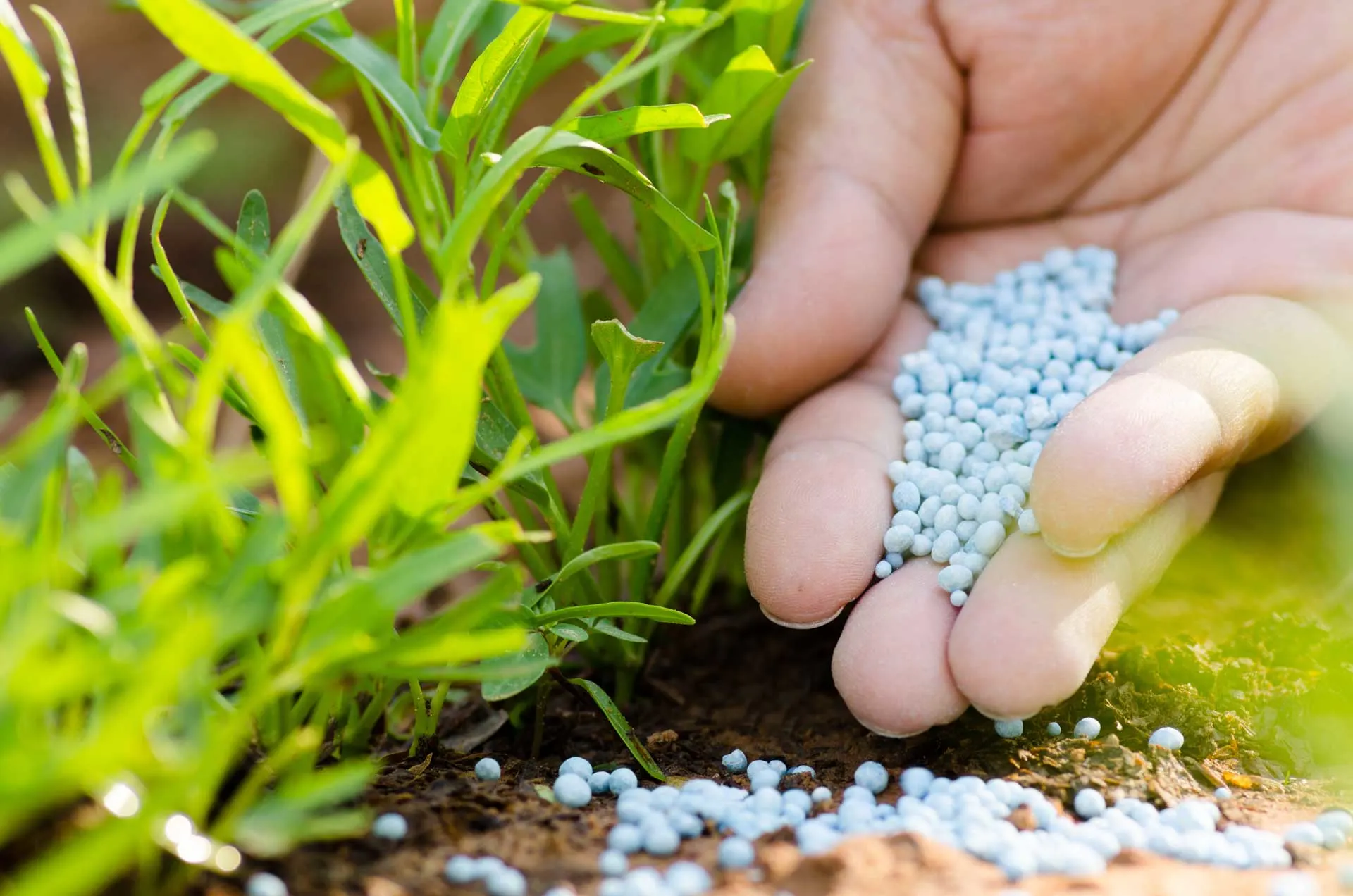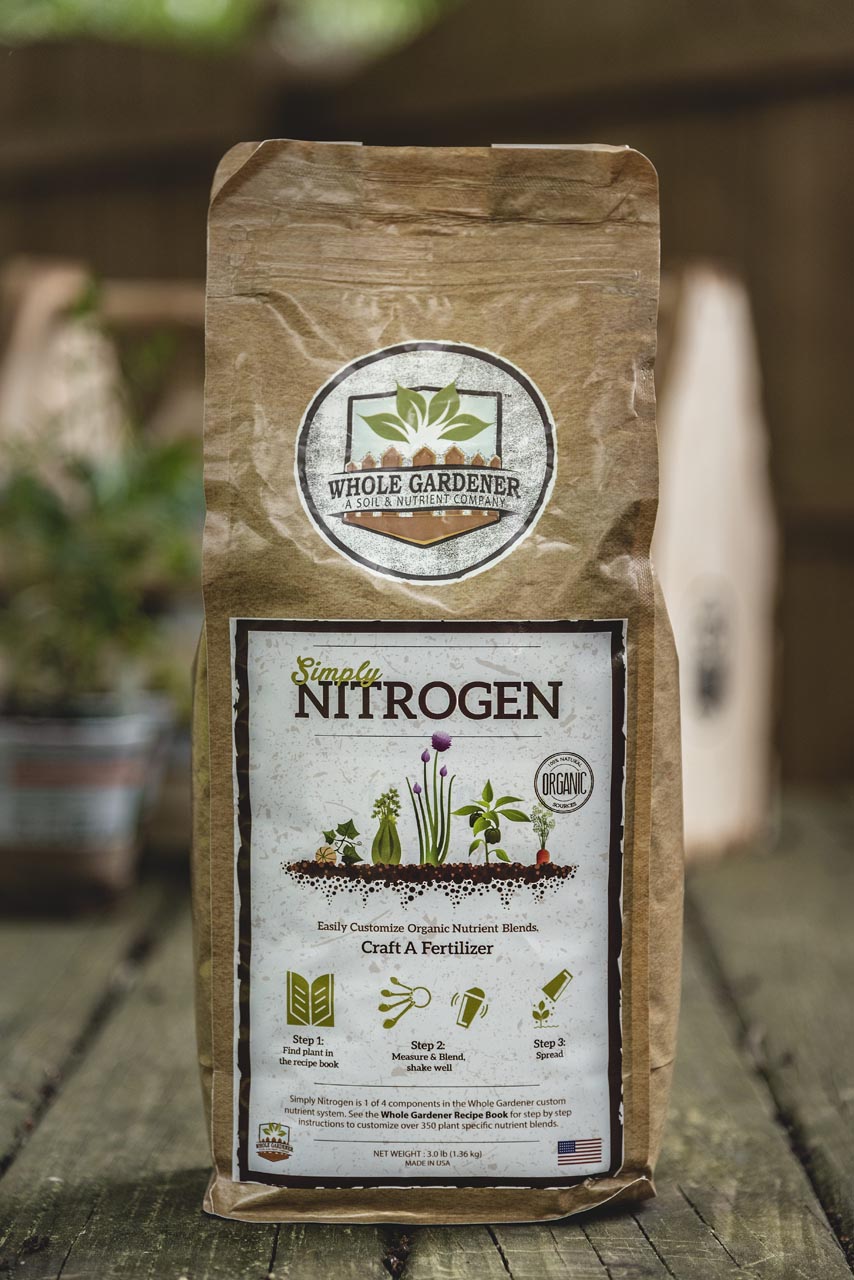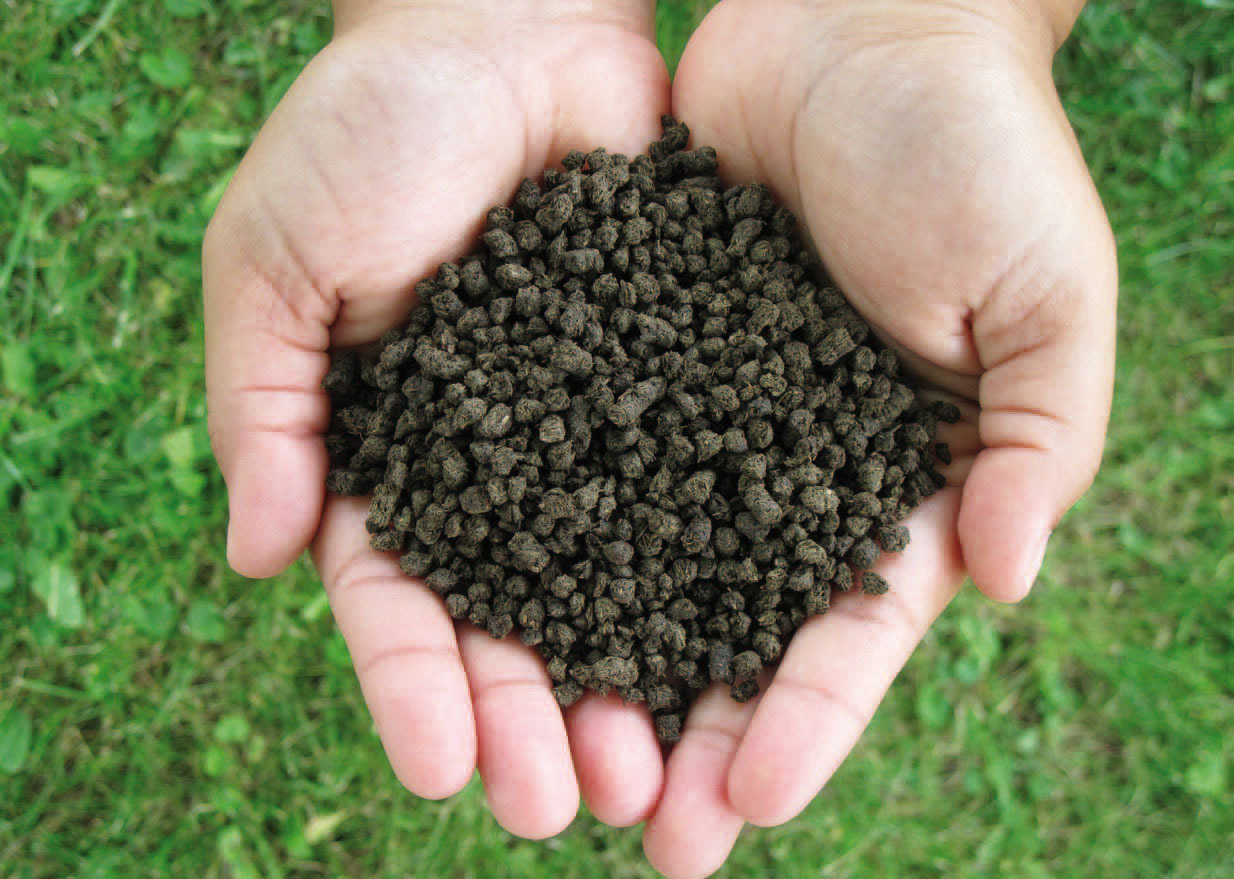Nitrogen Fertilizer: The Fueling Force for Plant Growth
-
Introduction
Nitrogen fertilizer is a cornerstone of modern agriculture and horticulture. It acts as a vital nutrient for plants, playing a critical role in their growth, health, and productivity. This comprehensive guide delves into the importance of nitrogen for plants, explores the different types of nitrogen fertilizers available, and offers insights into their selection, application, and environmental impact.

-
The Engine of Plant Life: Why Nitrogen Matters
Nitrogen is a fundamental building block for plants. It is a key component of:
- Amino acids and proteins: These elements form the foundation of plant structures and are essential for various physiological processes.
- Chlorophyll: This pigment enables plants to capture sunlight energy and convert it into usable energy through photosynthesis.
- Cell division and growth: Nitrogen fuels the division and expansion of plant cells, leading to overall plant growth and development.

A Spectrum of Choices: Types of Nitrogen Fertilizers
Nitrogen fertilizers come in two main categories: inorganic and organic. Each offers distinct advantages and considerations:
- Inorganic Nitrogen Fertilizers: These synthetically produced fertilizers provide readily available nitrogen for plant uptake. Some common types include:
- Ammonium sulfate: Highly soluble and acidic, suitable for use in soils with high pH levels.
- Urea: A versatile and widely used fertilizer, available in granular, liquid, and prilled forms. It releases nitrogen slowly through a conversion process in the soil.
- Ammonium nitrate: Offers a high concentration of nitrogen but can contribute to soil acidification over time.
- Organic Nitrogen Fertilizers: Derived from natural sources, these fertilizers release nutrients gradually over a longer period. Examples include:
- Manure: Animal waste, rich in nitrogen and other essential plant nutrients. Requires proper composting to reduce weed seeds and pathogens.
- Compost: Decomposed organic matter improves soil structure, fertility, and water retention while providing slow-release nitrogen.
- Blood meal: A concentrated source of nitrogen, ideal for providing a quick nutrient boost to plants early in the growing season.

-
Selecting the Right Fertilizer for Optimal Growth
Choosing the most suitable nitrogen fertilizer requires careful consideration of several factors:
- Soil Type: Different soil types have varying nitrogen-holding capacities. Sandy soils drain quickly and may require more frequent fertilization with readily available sources of nitrogen, while clay soils retain nutrients better and may benefit from slow-release options.
- Crop Requirements: Different crops have specific nitrogen needs throughout their growth cycle. Leafy vegetables, for example, require more nitrogen than legumes, which can fix their own nitrogen from the atmosphere.
- Growth Stage of Plants: Plants have varying nitrogen demands at different stages. Seedlings need moderate nitrogen for root development, while mature plants may require more nitrogen for fruit or flower production.

-
Applying Nitrogen Fertilizer Effectively
Once you’ve chosen the right nitrogen fertilizer, proper application is crucial for optimal plant growth and environmental sustainability:
- Following the Manufacturer’s Instructions: Always adhere to the recommended application rates and timing specified on the fertilizer label. Over-fertilization can damage plants and contribute to environmental pollution.
- Application Methods: The chosen application method depends on the fertilizer type and crop needs. Broadcasting is suitable for large areas, while banding places fertilizer near plant roots for targeted delivery. Foliar application, spraying a diluted solution onto leaves, can address specific deficiencies quickly.
- Precautions for Safe Use: Wear protective gloves, masks, and goggles when handling fertilizers to avoid skin contact and inhalation. Store fertilizers in their original, sealed containers in a cool, dry, and well-ventilated location to prevent nutrient degradation and moisture absorption.

-
Prioritizing Safety: Essential Precautions
While nitrogen fertilizers are valuable tools, it’s essential to prioritize safety during handling and application:
- Protective Gear: Minimize the risk of skin irritation or inhalation of fertilizer dust by wearing gloves, a mask, and goggles when handling fertilizers.
- Careful Handling: Avoid contact with eyes and skin. Wash hands thoroughly with soap and water after handling fertilizers.
- Safe Storage: Store fertilizers out of reach of children and pets. Never store fertilizers near food or water sources.
- Spill Cleanup: Clean up any spills promptly to prevent contamination of soil and water. Dispose of spilled fertilizer according to local regulations.
Balancing Growth with the Environment: The Impact of Nitrogen Fertilizer
The benefits of nitrogen fertilizer use must be balanced with potential environmental concerns:
- Nutrient Runoff: Over-fertilization can lead to nutrient runoff, where excess nitrogen is carried away by rain or irrigation water. This can pollute waterways and contribute to algal blooms, disrupting aquatic ecosystems.
- Eutrophication (continued): …depleting oxygen levels and harming aquatic life.
- Sustainable Practices: Choosing slow-release nitrogen fertilizers, following recommended application rates, and implementing sustainable agricultural practices like crop rotation and cover cropping can all help minimize environmental impact.

The Economic Argument: The Value of Nitrogen Fertilizer
Nitrogen fertilizer offers several economic advantages for both small-scale gardeners and large-scale agricultural operations:
- Cost-Effectiveness: Compared to relying solely on organic amendments, using inorganic nitrogen fertilizers can be a more cost-effective way to meet crop nitrogen needs, especially for high-demanding crops.
- Reduced Labor Costs: The single application of a concentrated nitrogen fertilizer compared to multiple applications of organic amendments saves time and labor costs.
- Improved Crop Yields: By ensuring plants receive the right amount of nitrogen at the correct time, nitrogen fertilizers can contribute to increased crop yields and higher profits for farmers.
- Long-Term Benefits: The use of well-formulated nitrogen fertilizers, combined with sustainable practices, can enhance soil fertility over time, potentially reducing the need for fertilizer application in the future, leading to long-term economic benefits.
-
A Glimpse into the Future: Innovation in Nitrogen Fertilizers
The future of nitrogen fertilizers is focused on innovation and environmental responsibility:
- Slow-Release Nitrogen Fertilizers: These formulations release nutrients gradually over an extended period, reducing the risk of nutrient runoff and improving nutrient efficiency for plants.
- Targeted Nutrient Delivery: Emerging technologies may enable the development of fertilizers that deliver nitrogen directly to plant roots, minimizing waste and maximizing nutrient uptake.
- Precision Agriculture: The use of data-driven farming practices, including soil testing and satellite imagery, can optimize fertilizer application rates and timing, leading to more efficient and environmentally friendly use of nitrogen fertilizers.
- Bio-Based Nitrogen Fertilizers: Research into utilizing naturally occurring organic materials, like legumes and nitrogen-fixing bacteria, as sources of nitrogen holds promise for developing eco-friendly alternatives to traditional synthetic nitrogen fertilizers.
-
Conclusion: A Responsible Tool for Plant Success
Nitrogen fertilizer is an essential tool for maximizing plant growth and crop yields. Understanding the role of nitrogen in plants, selecting the right fertilizer type, and employing proper application methods are all crucial for responsible use. By prioritizing sustainable practices, minimizing environmental impact, and staying informed about emerging technologies, nitrogen fertilizers can continue to play a vital role in agriculture and horticulture while safeguarding the environment for future generations.